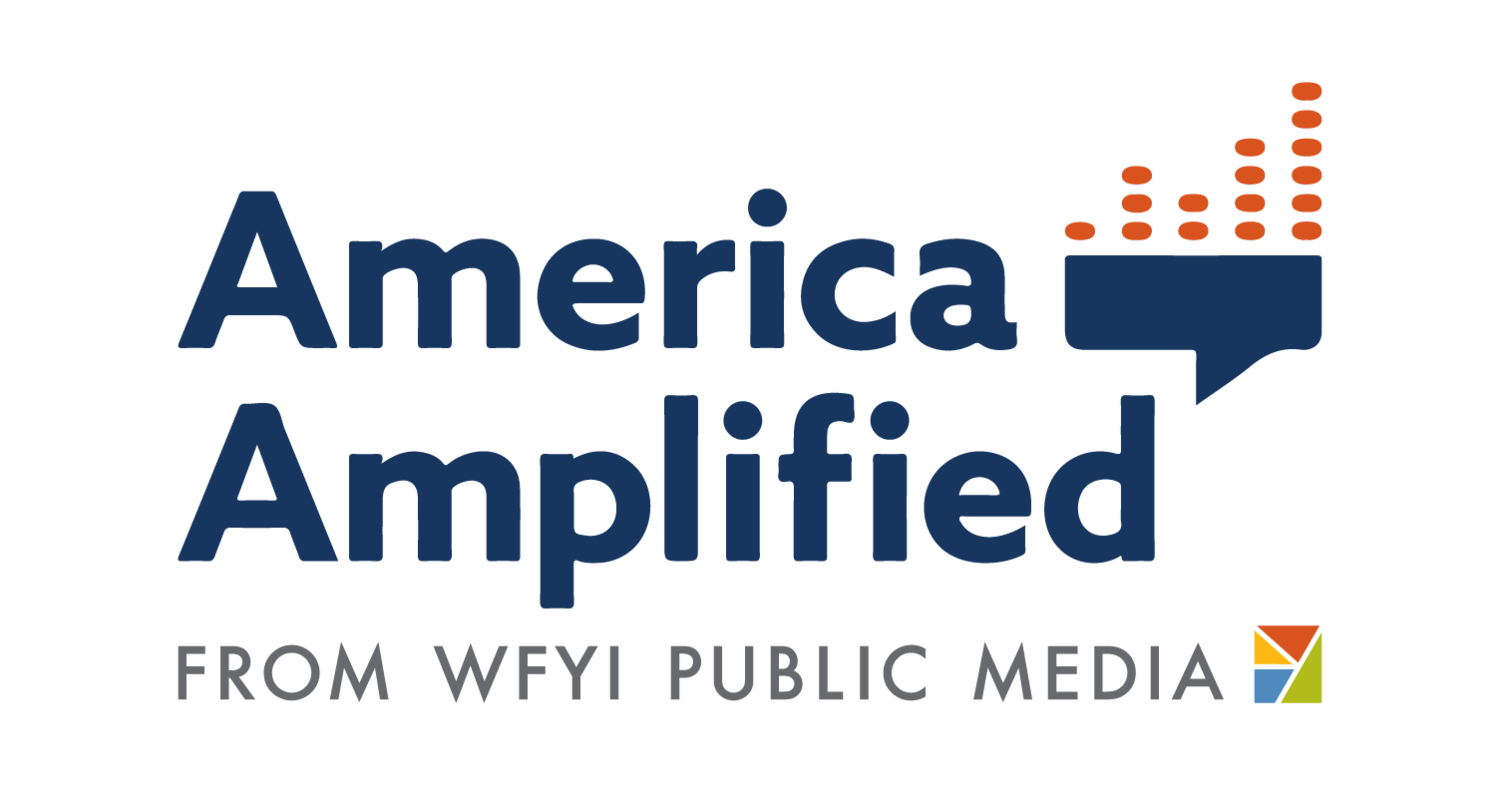AI for newsrooms of any size: getting started with basic automations
AP’s Local News AI initiative spent the latter part of 2021 receiving surveys from local newsrooms across the U.S. to understand tech capacity, concerns and reservations news leaders have. We received almost 200 scorecards from newsrooms of all formats including public broadcasters from every state in the U.S. plus D.C., Puerto Rico and Guam.
What we learned is that while our program has “AI” in the title — AI for artificial intelligence — more than anything what local newsrooms need are basic automations.
What is AI?
AI offers predictive results that are programmed into a system by humans and relies on consistent data sources. For small newsrooms, tools that include AI are often “off the shelf” — software that is already created which your tech team (person) can customize for your newsroom. Usually there’s a monthly fee associated with the cost of using the program.
But…these tools can be an impractical solution for many newsrooms with monthly fees of sometimes $100 on up, and you may not have a technical person on hand to set up the tool and maintain it.
What is automation?
Automations handle repetitive tasks. Police department blotter items, community calendar events, public school lunch menus are all items that could be sent directly into your content management system without having a person on your team to type them. But … there are main barriers that can get in the way of programming this initial automation:
There is no one on staff to program and maintain these connections.
The information source — the police department, community center and public school system(s) — have inconsistent ways of distributing their content.
If you don’t have a tech person on staff, there are simple and free automation solutions that you can begin to use today to reduce some of the repetition your staff experiences daily and do not require a technician.
AP breaks down the news value chain by newsgathering, production, distribution and business-side concerns, which is a helpful way to look at discrete components to find solutions for each rather than being overwhelmed by trying to devise solutions for the entire news operation all at once. And … you might find that you are already using some basic automation tools which means you are more ready to embrace other AI than you think!
Newsgathering: transcription
Transcribing interviews and meeting minutes has always consumed many reporters’ time. There are now several solutions on the market that can speed up the process.
We used Trint to automatically transcribe our Zoom-recorded interviews with news leaders. While we did find that it had difficulty with certain words — especially when it came to tech product names — distinguishing between female voices and understanding people with a slight accent. But it also saved us hundreds of hours of typing.
Otter.ai is another service that is more cost effective to use, but there are some potential privacy tradeoffs that may be too big of a hurdle for your newsroom to use.
News production: making use of public content
Many newsrooms that submitted a scorecard mentioned that their staff must sort through piles of press releases. VTDigger created an intake form and has monetized this process. Other newsrooms have created intake forms for community calendar events and final game scores using a free tool like Google Forms.
Once the information is entered, you will have a spreadsheet with “structured data,” or information that is reliably in the same row and column and can then drop into the programmed fields on your website, like a community calendar.
News distribution: automating social feeds
Having content published consistently to social feeds often requires reporting and editing staff to pull double duty. One tool that can remedy some of the social posting is IFTTT, which stands for “if this then that.”
IFTTT is computer programming speak for “if” this action is taken, then “that” will happen. IFTTT is an online tool that offers a scaled service that can be free to use or cost up to $10 per month. Once you establish an account, the tool walks you through a series of prompts to connect your website RSS feed to social media accounts.
Most websites have an RSS feed, give yours a try by entering your website domain name/URL and then add /feed, like this https://website.com/feed. What all of this means is that once your website publishes a new post, it will trigger a post automatically to your Twitter, Facebook, LinkedIn, Spotify, etc., accounts.
Business-side concerns: driving subscriptions and reducing churn
The money-generating part of newsrooms, a.k.a. the “business side,” can include products for ad-tech for automating advertising on websites and in newsletters. Many of these tools have shared revenue models to reduce costs on your end so you get a cut of the revenue, and the service that you use gets a cut of the revenue. For public media that relies on public donations and members, MonkeyPod.io and the News Revenue Hub may be helpful solutions for newsroom sustainability.
For more about local newsroom technology needs and solutions that may fit for your newsroom, read AP’s Artificial Intelligence in Local News report and sign up for the free, online course that starts April 13.


